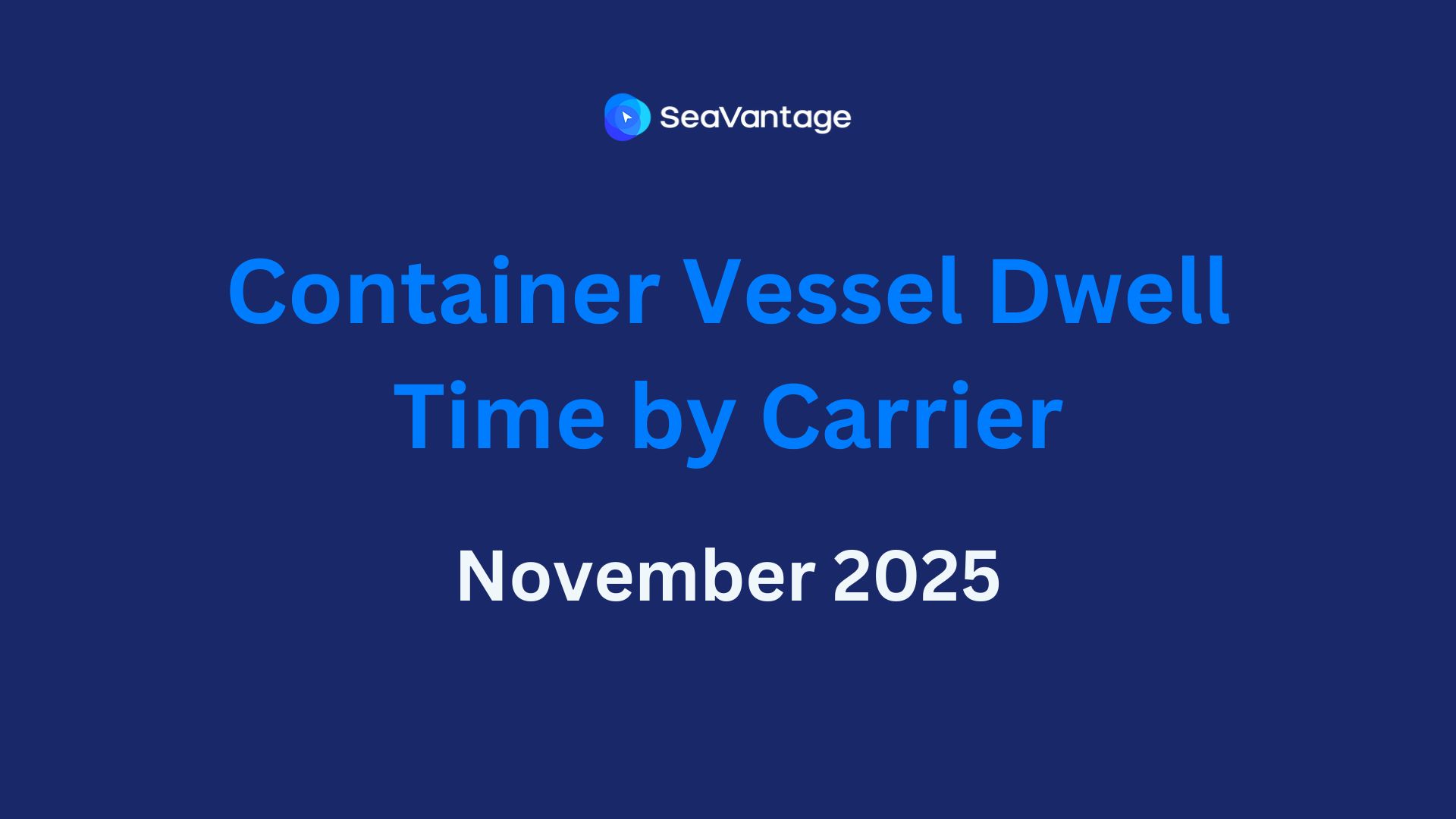Shanghai's Lockdown Threatens Further Disruptions in Global Supply Chain.

China is implementing a two-phase lockdown in Shanghai, the country's most populous city and financial capital with a population of about 26 million people.
The citywide two-phase lockdown testing will be conducted in two rounds. Tests will be conducted on the eastern side of the city from March 28 to April 1, and on the western side of the city from April 1 to April 5. This phased locked down means that half of the city will remain functioning at a time.
The city government has announced that public transportation will be halted and companies and factories must halt operations or work from home during the testing rounds. However, ports and the two airports in the city's east will remain open.
This extensive lockdown is the biggest COVID-related disruption to hit Shanghai, which will add to the existing strains caused by the recent lockdowns in Shenzhen and Dongguan, two of China’s largest manufacturing hubs.
Here is how these extensive lockdowns are having an impact on supply chains.
Export demands from China
Globally, China accounts for the majority of goods in international export, however, the newly announced lockdowns in Shanghai are expected further dampen export demands out of China. Although ports and terminals continue to operate somewhat normally, data from Seavantage port insight show a significant decrease in the daily anchored vessel count at the port of Shanghai indicating vessels are skipping port calls to the Port of Shanghai.
The daily average number of vessels anchoring at Shanghai dropped by half after the country's first announcement of the lockdown of Shenzhen and Dongguan. See the graphic below

Commodity shortages
The closure of factories during the lockdown will impact existing backed-up orders and create additional shortages in global commodity supply. Foxconn, a supplier to Apple, had to pause its production factories during the mass testing period in Shenzen. Reports show that Tesla (a U.S. automaker) is suspending production at its factory for four days as a result of the first stage of the lockdown in Shanghai. Volkswagen's Shanghai plant is predicted to temporarily suspend its production from April 1 to April 5 as it is part of the city that is set for the 2nd round of testing. These temporary halts in production will lead to far-reaching shortages in global commodity supply.
Depot capacity constraints
Although Shanghai's port will continue to operate during the lockdown, some depots are expected to close until the end of the citywide testing.
According to a customer advisory from MAERSK, some depots in Shanghai will remain closed from 28th March until further notice, trucking services in and out of Shanghai will be severely hampered by the full lockdown on Shanghai's Pudong and Puxi areas until the 5th of April and all the warehouses in Shanghai will remain closed from 28th March to 1st April.
Impact on other ports in Northeast Asia
Inbound cargo and empty container supply to Shanghai ports are expected to be delayed during the lock-down until the beginning of April. Ocean carriers are likely to discharge the containers for Shanghai at neighboring ports such as Busan, Kwangyang, or other ports in the Northeast Asia area instead of waiting to berth at Shanghai ports in order to catch up with the proforma schedule. During the lockdown in Shanghai, such ports will have the opportunity to export long idling containers for other areas which will fill up the volume decrease from Shanghai. Contrary, each port will keep the containers for Shanghai in the city until normal operations resume. Terminals and depots in such areas can possibly be faced with an unexpected volume rush that was originally bound for Shanghai.
Temporary adjustment of ocean freight in the market
From the data in Port Insight, you can see that many carriers have decided not to call Shanghai ports due to abnormal operations and vessel delays. According to the stakeholders in the freight market, ocean carriers started offering adjusted spot rates to make up for the supply decrease from other areas out of Shanghai. In the short term, the longer lockdown in Shanghai continues, the lower freight rate level can be offered to the customers for the time being.
Increased inbound cargo volume
The effect of the lockdown in Shanghai together with the more recent lockdowns in Shenzhen and Dongguan are expected to ripple through to the ports of Los Angeles and Long Beach. Since the start of this year, these ports have been able to work through the majority of their pandemic-related cargo overload. The number of ships anchored, berthed, and average waiting days at these ports have significantly reduced partly due to the factory closures in China over the New year and the recent lockdowns.
Once operations normalize in China, analysts expect a wave of inbound cargo from Chinese factories to the ports of Los Angeles and Long Beach. This could hamper operations and increase congestion again at these ports. In addition, freight rates are expected to go up as cargo owners are predicted to rush to get their products out of factories.
SeaVantage offers real-time tracking and visibility solutions for freight forwarders, carriers, cargo owners, and terminal/port operators. Our proprietary AI Maritime Traffic Network provides a more informed prediction of vessel or container arrival time for all stakeholders in the supply chain by bringing in additional data streams.
Email: sales@seavantage.com
Tel: (+82) 02-3444-7302 / (+82) 02-3444-7303
2025년 9월, 주요 글로벌 항만에서 어떤 운송사가 가장 긴 선박 체류 시간을 기록했는지 확인해보세요. 트렌드를 비교하고, 지연을 파악하며, 전체 항만 데이터를 통해 운송 전략을 최적화할 수 있습니다.
2025년 8월, 주요 글로벌 항만에서 어떤 운송사가 가장 긴 선박 체류 시간을 기록했는지 확인해보세요. 트렌드를 비교하고, 지연을 파악하며, 전체 항만 데이터를 통해 운송 전략을 최적화할 수 있습니다.
2025년 7월, 주요 글로벌 항만에서 어떤 운송사가 가장 긴 선박 체류 시간을 기록했는지 확인해보세요. 트렌드를 비교하고, 지연을 파악하며, 전체 항만 데이터를 통해 운송 전략을 최적화할 수 있습니다.
Explore November 2025 global port dwell time data. See which ports and carriers led in efficiency across Antwerp, Busan, Long Beach, Rotterdam, and Singapore.
See which carriers experienced the longest vessel dwell times at major ports in November 2025. Uncover congestion trends and leverage detailed port data to optimize your shipping operations.
Discover how RTTVP is a game-changer for Logistics Service Providers. Learn the 5 core benefits, from B2B customer experience to predictive operational planning.



.svg)



.jpg)



.png)